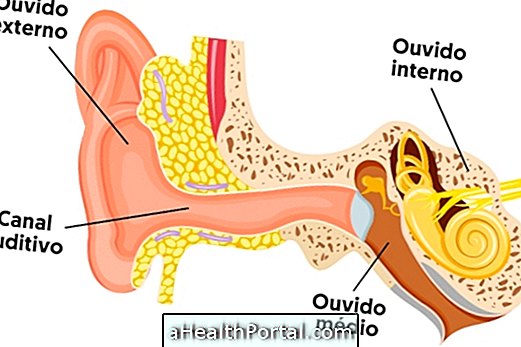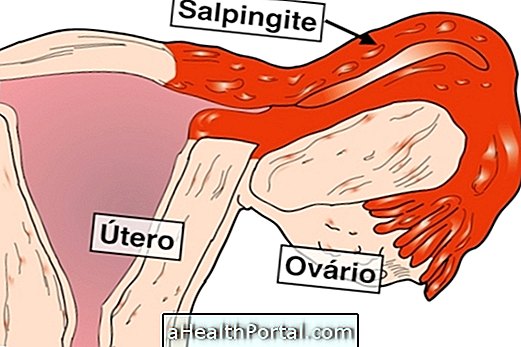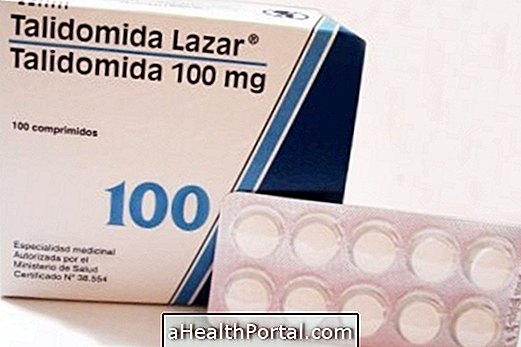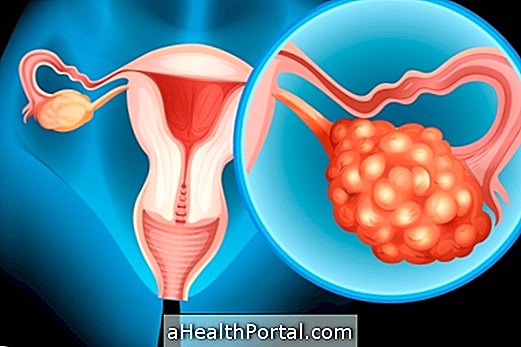The clogged ear is relatively common, especially when diving, flying in a plane, or even driving up a mountain. In these situations, the sensation disappears after a few minutes and usually does not indicate any problem in the ear.
However, when this sensation arises for no apparent reason or accompanied by other symptoms such as pain, itching, vertigo or fever, it may indicate an infection or another problem that needs to be evaluated by an otolaryngologist in order to initiate the most appropriate treatment.

1. Ear infection
Ear infection, also known as otitis, is one of the most common causes of plugged ear sensation. This is because during an infection, the ear canal becomes inflamed, making it difficult to pass through the sounds and causing the feeling that something is preventing the sound from passing properly.
The most common symptoms of an ear infection, in addition to a clogged ear, include low fever, redness in the ear, itching, and even the outflow of fluid from the ear. Although it is more common in children, ear infection can happen at any age.
Here's how to identify a possible ear infection.
2. Wax buildup
This is another of the most common causes for the capped ear sensation and it happens because actually the ear gets clogged with wax. Although wax is a healthy substance, produced by the body to eliminate dirt from the ear canal, it can end up accumulating in excess, causing difficulty in hearing.
Excess wax can affect anyone, but it is more common to frequently use cotton swabs to clean the ear, as the swab instead of removing the wax, pushes it to a deeper part of the ear canal, compacting it and making it impossible the passage of sound.
Check how you should clean your ear to prevent wax build-up.

3. Labirintite
Although it is more rare, labyrinthitis is also a relatively common ear problem in which the person feels intense dizziness beyond the capped ear. It is also frequent that people with labyrinthitis refer to the presence of tinnitus, loss of balance and temporary hearing loss.
Labyrinthitis usually has no cure, and may arise from crises over the years. However, treatment with remedies indicated by the otorrino can help alleviate the symptoms, improving the quality of life. See which treatment options are available.
4. Cholesteatoma
Cholesteatoma is a less common ear problem, but may occur in people who have very recurrent infections. In this situation, the auditory canal ends up presenting an abnormal growth of skin inside, which results in a small cyst that hinders the passage of sound, causing the sensation of capped ear.
Most often the otorhinolaryngologist may advise the use of drops to relieve the symptoms, but it may also be necessary to undergo minor surgery to remove the cyst and end the symptoms. Understand a little more about cholesteatoma and why it arises.
5. Ménière's syndrome
This is a relatively rare disease that affects the inner ear and causes symptoms such as clogged ear, hearing loss, dizziness and constant tinnitus. This syndrome can affect people of all ages but is more frequent in the 20 to 50 years.
Because it does not have a specific cause, this syndrome has no cure but can be treated with remedies prescribed by the otorrino that help reduce symptoms during the day, especially dizziness and a blocked ear. See which remedies and treatment options are available.























